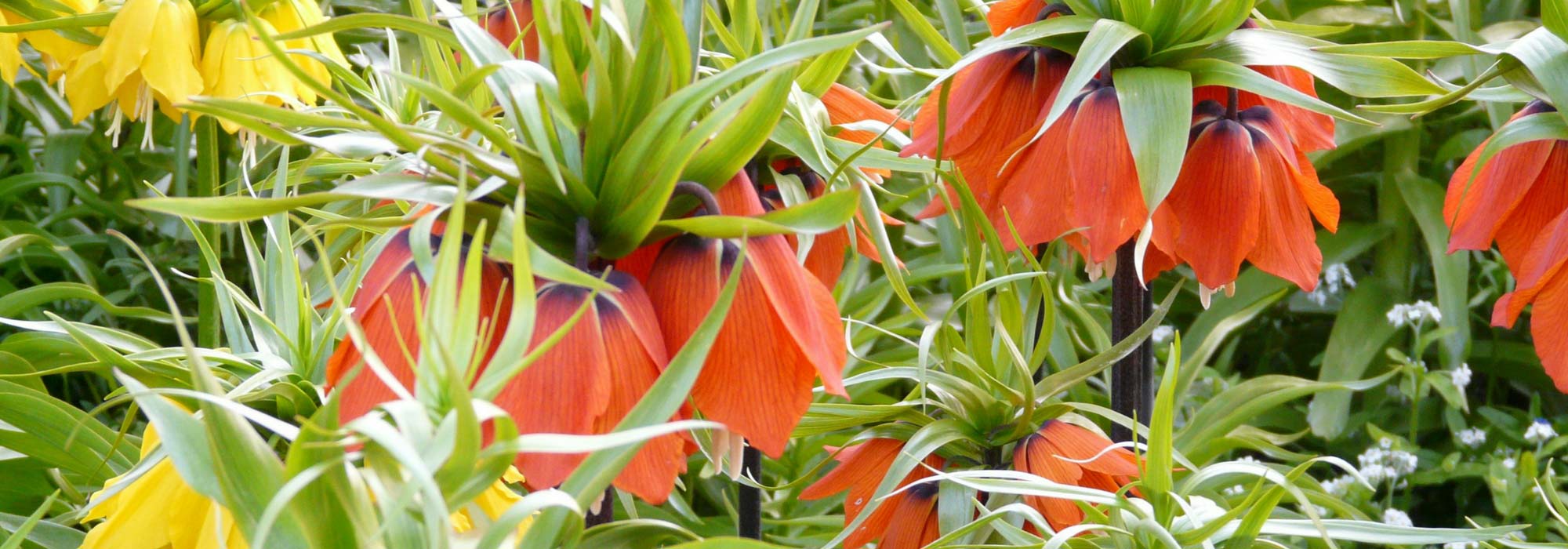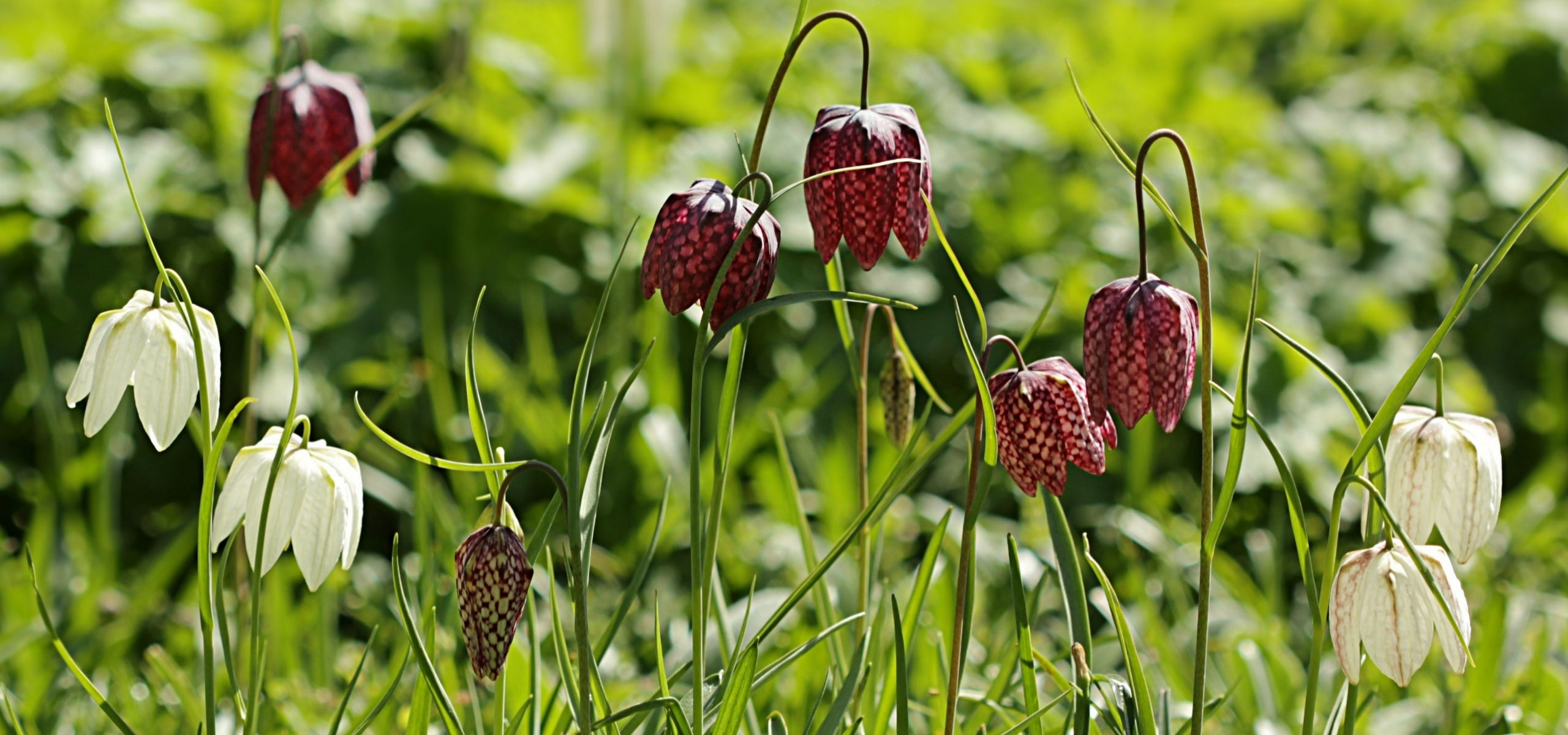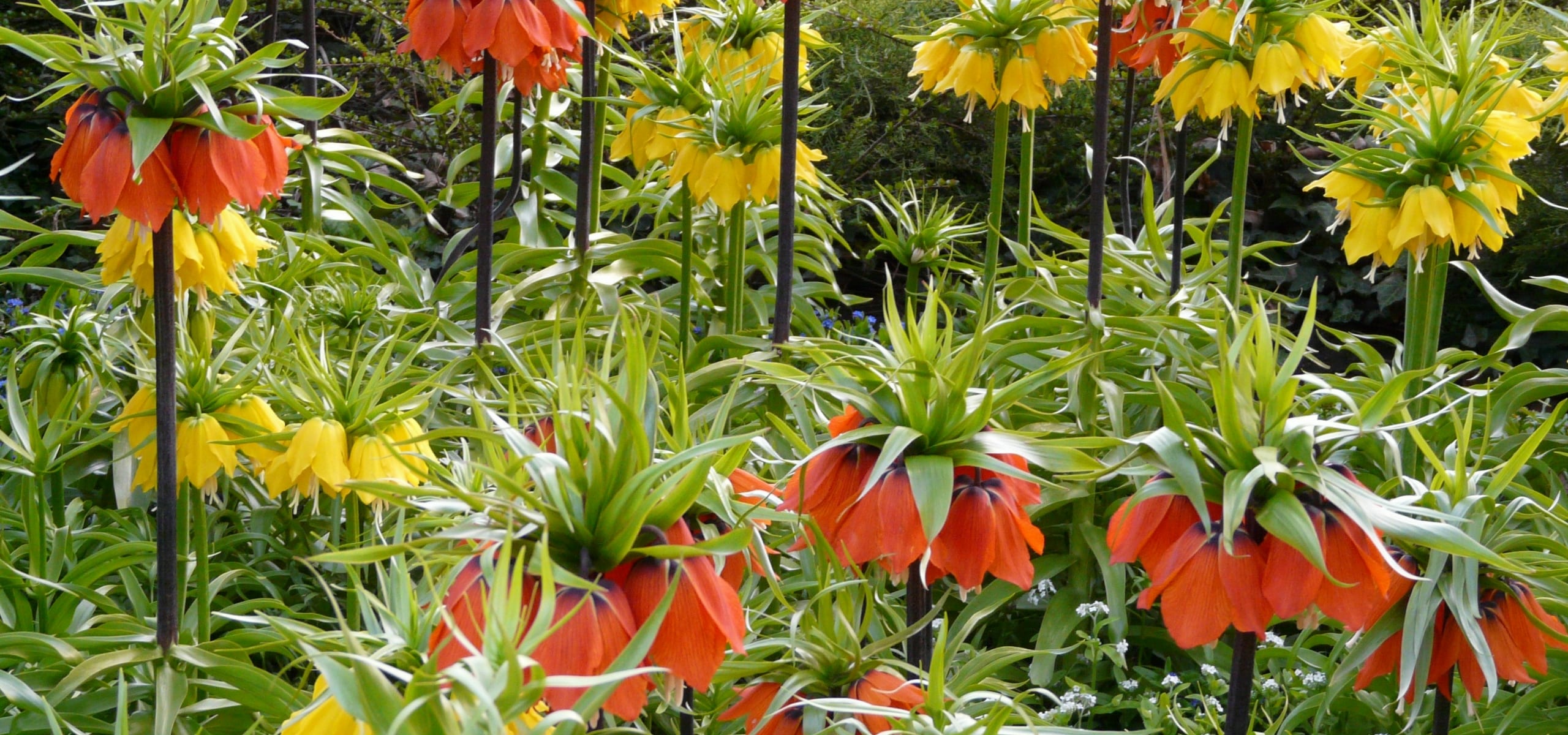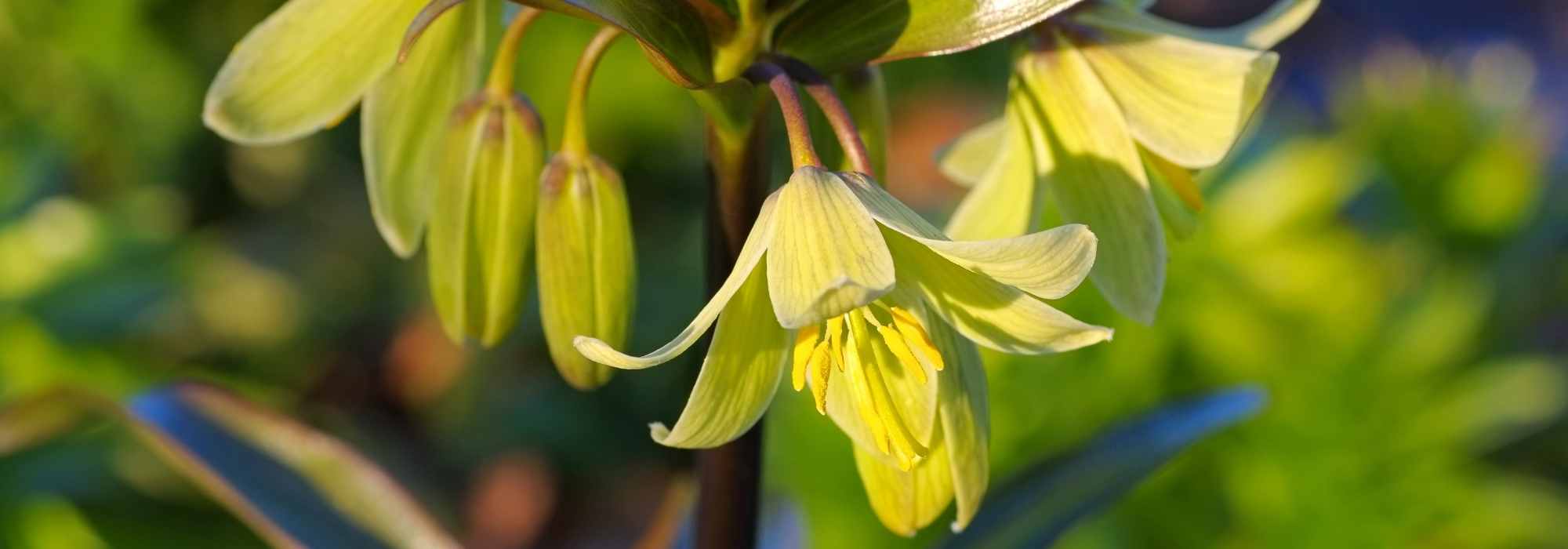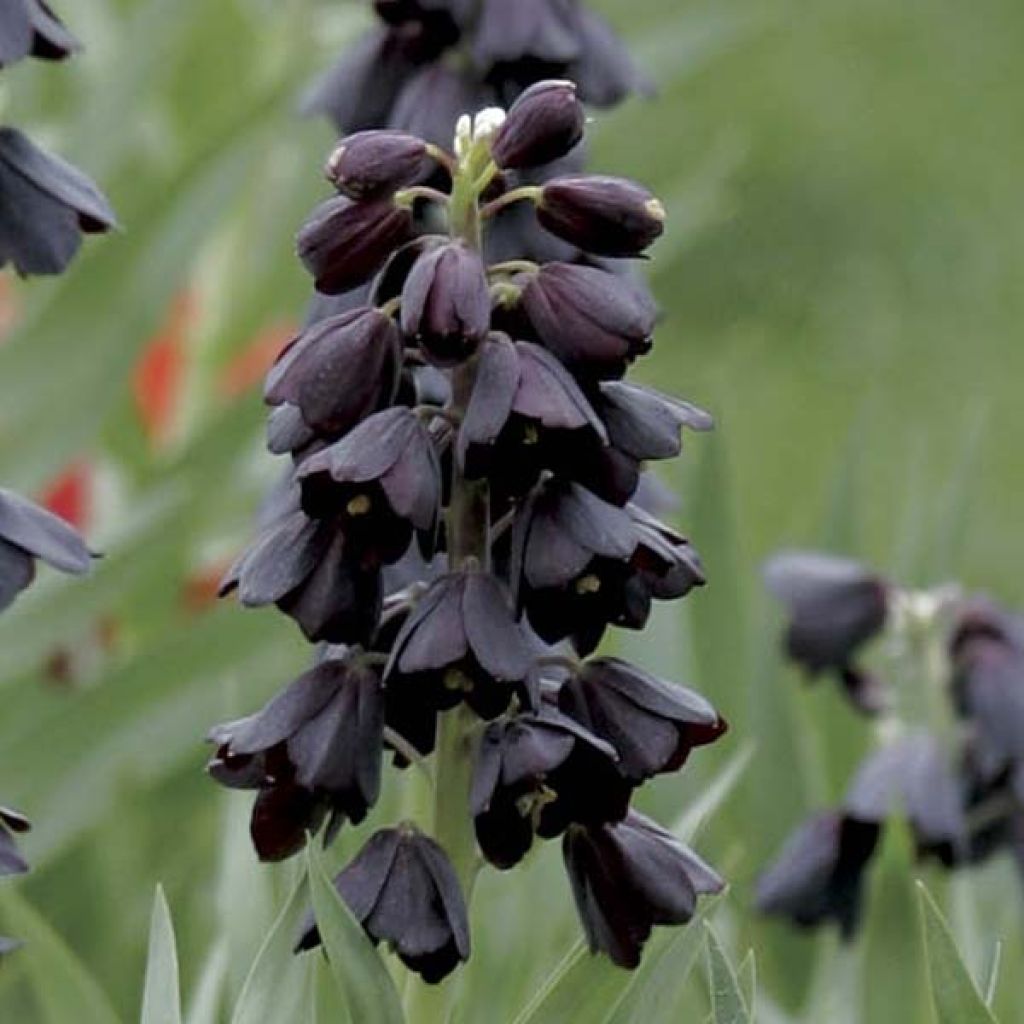

Fritillaria persica Adiyaman
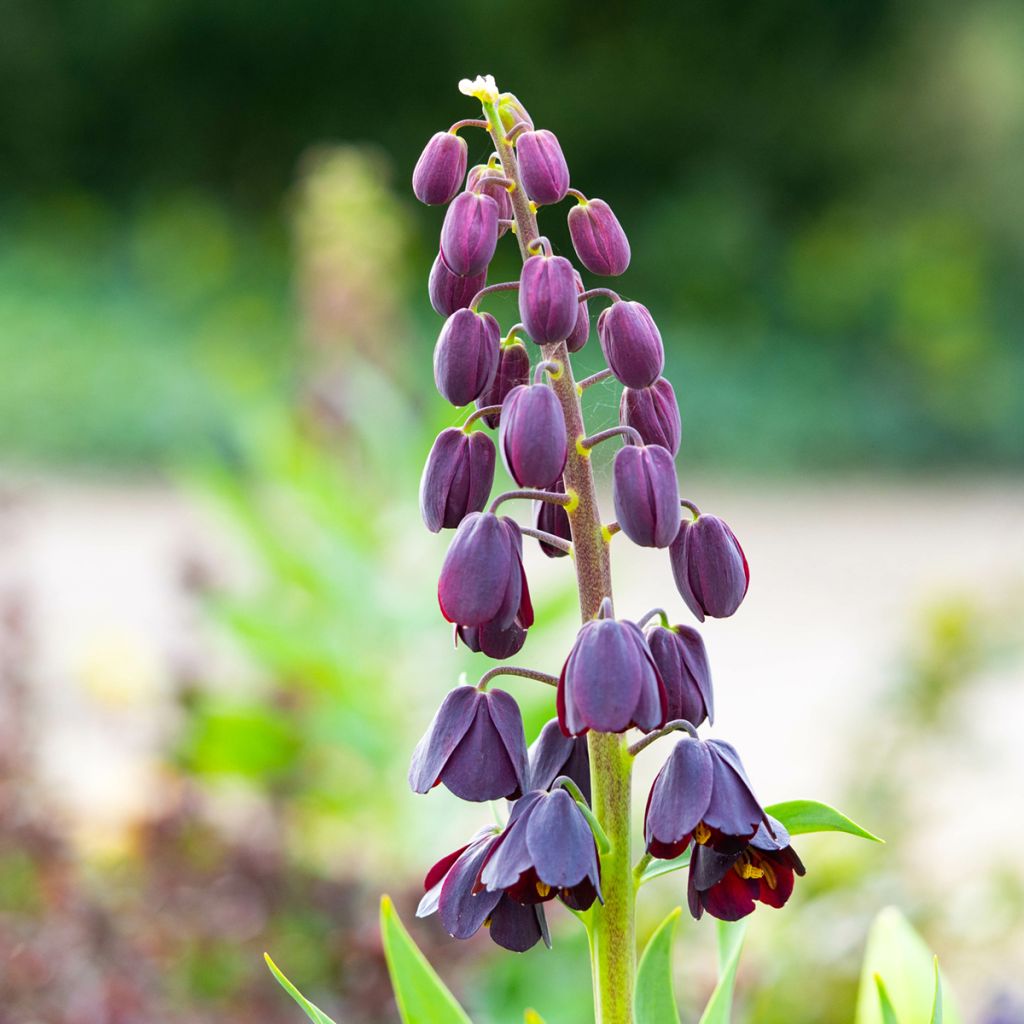

Fritillaria persica Adiyaman
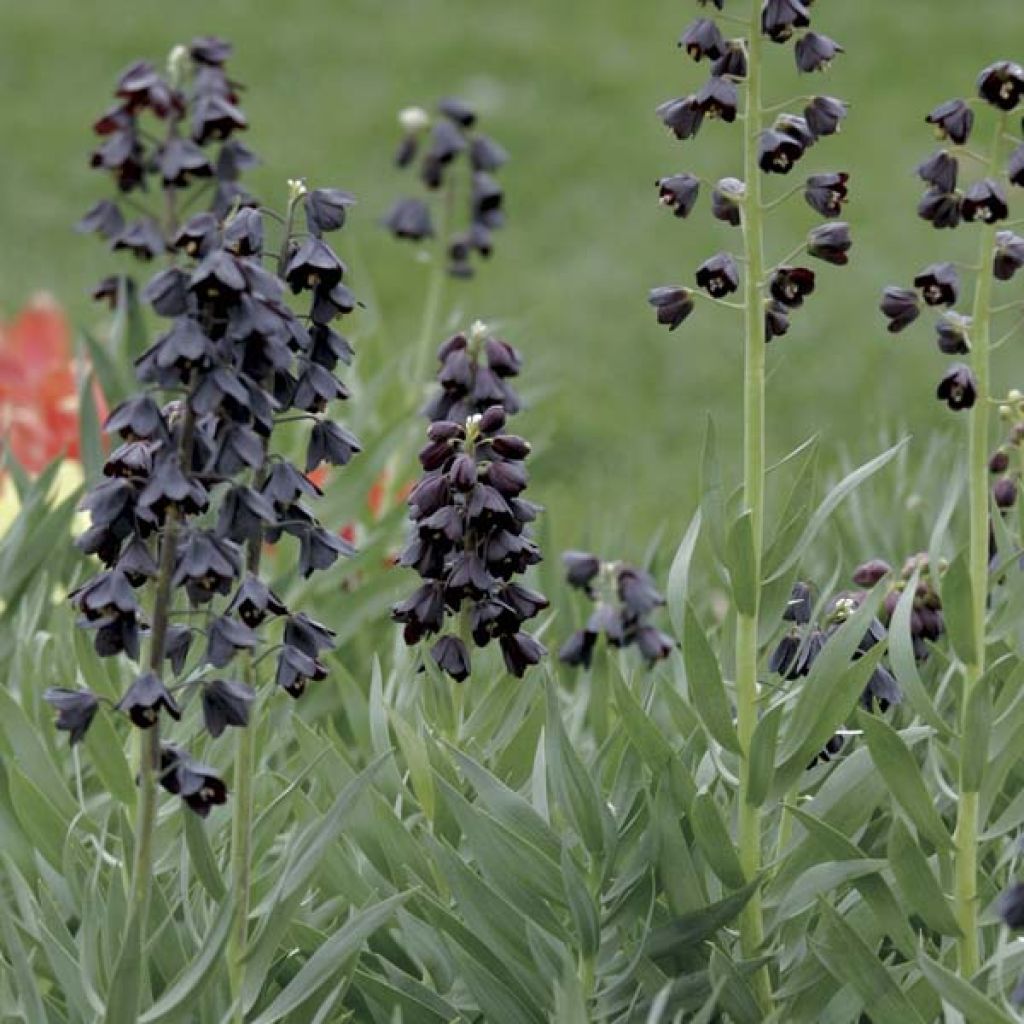

Fritillaria persica Adiyaman
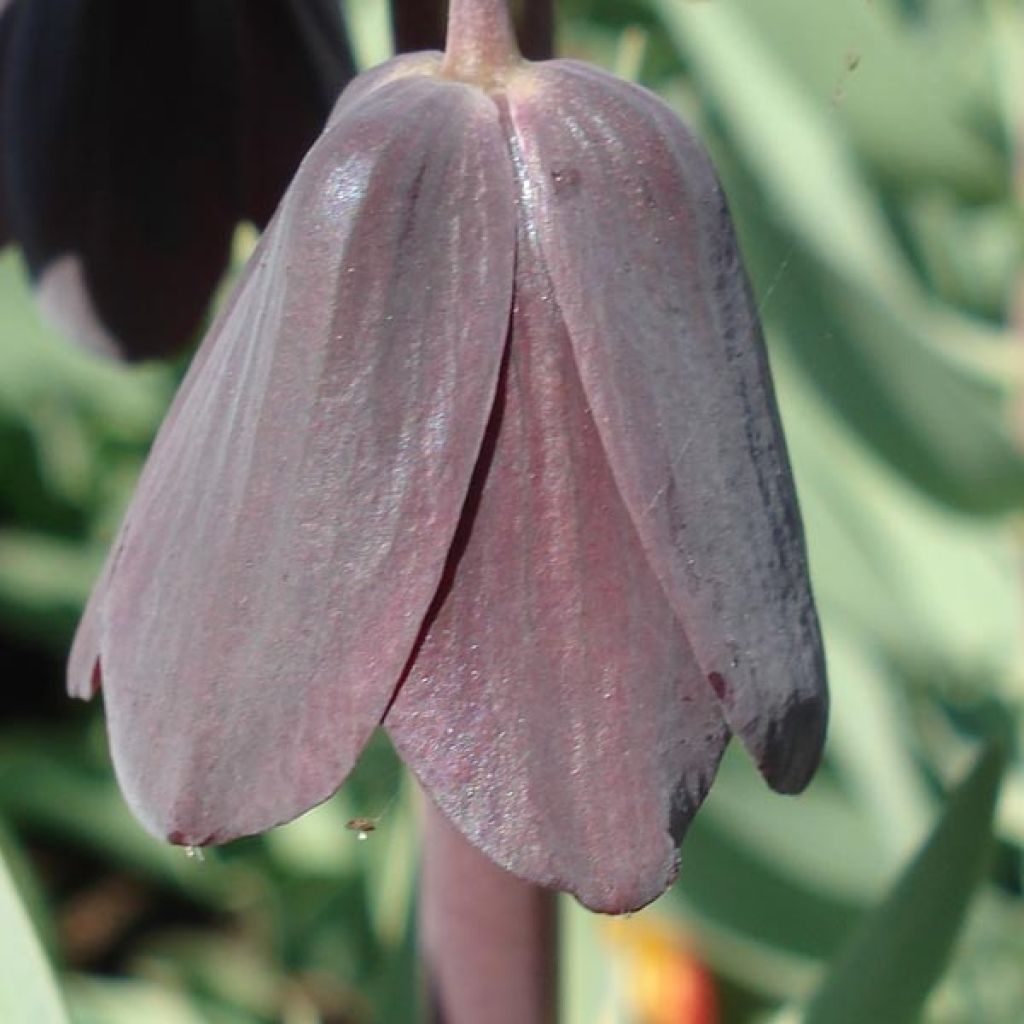

Fritillaria persica Adiyaman


Fritillaria persica Adiyaman
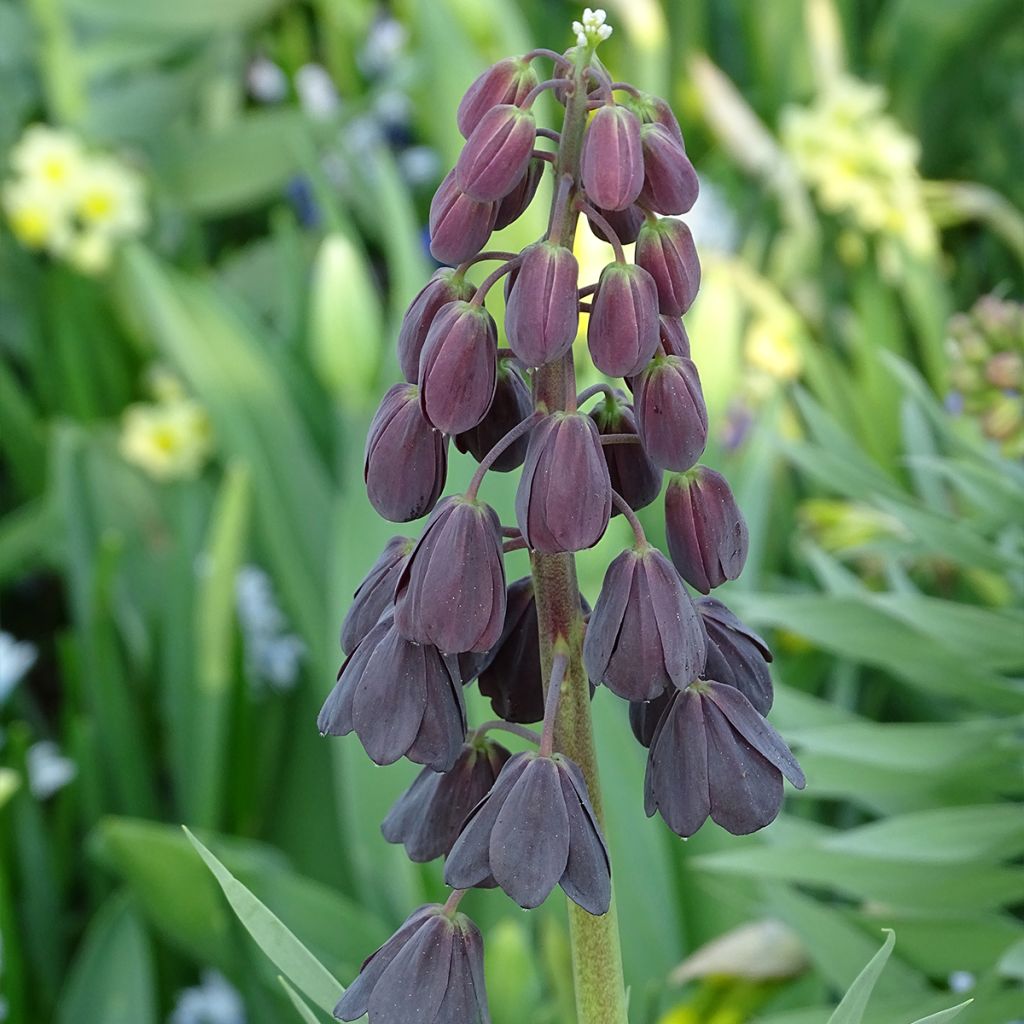

Fritillaria persica Adiyaman
View more pictures
Hide images
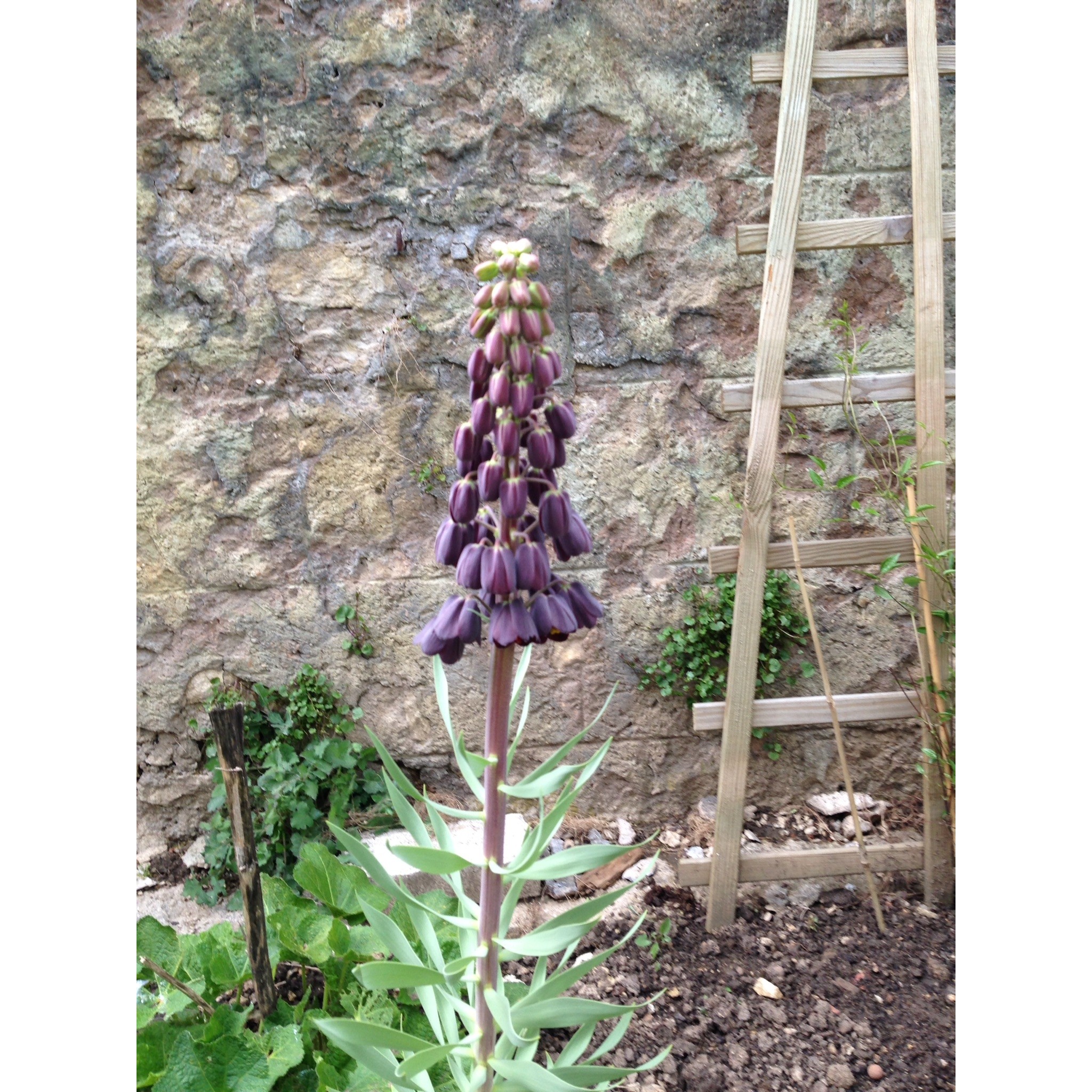
Patricia C.

Patricia C. • 25 FR
Fritillaria persica Adiyaman
Fritillaria persica Adiyaman
Persian Lily, Persian Fritillary
No action required as the customer review does not contain any text.
Walburga, 13/11/2024
Special offer!
Receive a €20 voucher for any order over €90 (excluding delivery costs, credit notes, and plastic-free options)!
1- Add your favorite plants to your cart.
2- Once you have reached €90, confirm your order (you can even choose the delivery date!).
3- As soon as your order is shipped, you will receive an email containing your voucher code, valid for 3 months (90 days).
Your voucher is unique and can only be used once, for any order with a minimum value of €20, excluding delivery costs.
Can be combined with other current offers, non-divisible and non-refundable.
This plant carries a 6 months recovery warranty
More information
We guarantee the quality of our plants for a full growing cycle, and will replace at our expense any plant that fails to recover under normal climatic and planting conditions.

Would this plant suit my garden?
Set up your Plantfit profile →
Description
Fritillaria persica 'Adiyaman' is a famous form of the Persian fritillary. This variety produces tall flower stems in early spring, adorned with dark purple, fragrant, and long-lasting bell-shaped flowers. The stems, adorned with beautiful matte bluish foliage, are very ornamental even when not in bloom. Native to the mountains of Persia, this bulbous plant acclimatises quite easily in our gardens if care is taken to place it in the sun, in well-drained soil. Majestic and elegant, it deserves a prominent place in rockeries or raised beds.
Fritillaria persica belongs to the Liliaceae family. It is native to an area ranging from Jordan to Iran and is widely found in Western Asia. It originates from regions with relatively dry mountainous environments in winter, where it can be found growing in rockeries and along paths or fields, between 500 and 1200m (1640 and 3937ft) above sea level, often in limestone soil. There is significant variation within this species, which is manifested by the existence of very rare forms with dark or almost green flowers. The cultivar 'Adiyaman', with dark brown flowers, is taller than the typical variety. It was awarded by the RHS in England for its ornamental qualities and performance in the garden. Its name is that of a city in southern Turkey, where the plant was probably discovered. However, this selection is slightly more delicate to cultivate than the usual wild species.
'Adiyaman' develops from a large scale-like bulb measuring up to 8cm (3in) in diameter, which is sensitive to winter moisture. The buds emerge vigorously from the ground in February-March, then quickly elongate to form tall stems reaching a height of 90cm (35in) at the time of flowering in April. Each stem is adorned with entire, shortly lanceolate leaves, regularly arranged and spirally inserted, up to a height of 40cm (16in). They have a beautiful matte grey-green-blue colour. Each stem terminates in a spike over 30cm (12in) long, bearing 15 to 20 large drooping bell-shaped flowers. Their colour is a very dark brownish-violet. The petals, like the leaves, appear to be covered with a slight silvery bloom. Their scent attracts pollinating insects. After pollination, a cylindrical and erect fruit is formed, which will release numerous flat seeds when ripe. The above-ground vegetation disappears in summer, and the plant enters a dormant phase. During this period of the year, the soil should be rather dry, just like in winter.
As spectacular as the Crown Imperial, which is better known, the majestic Persian fritillary surpasses it in elegance. Give it a prominent place in a rockery or in a bed that will not retain water, neither in winter nor in summer. This sumptuous 'Adiyaman' variety naturally pairs well with the 'Ivory Bells' form with pale flowers. You can also choose it as a companion to Euphorbia 'Blue Glacier', silver artemisias, garden irises, or shrubby salvias that will somewhat conceal its absence in summer and winter. The Persian fritillary brings verticality to tulip beds, just like eremurus.
Fritillary bulbs emit an odour that repels rodents, especially moles. They will protect your tulip bulbs from their attacks. The smell is imperceptible to humans once the bulb is planted.
Fritillaria persica Adiyaman in pictures




Plant habit
Flowering
Foliage
Botanical data
Fritillaria
persica
Adiyaman
Liliaceae
Persian Lily, Persian Fritillary
Cultivar or hybrid
Planting and care
'Adiyaman' thrives in full sun. It needs light but not necessarily direct sunlight. It ideally thrives in a continental climate where winters and summers are dry and springs are humid. Plant it in fertile and well-drained soil that does not retain water. Avoid heavy soil as it may lead to the growth of fungi. Insufficient drainage can cause the fritillary to rot. Plant it from September to October, adding sand, gravel, or pumice to the planting hole. Place the bulb at a depth of 20cm (8in). In winter, we recommend mulching the fritillary to protect it from rain. Cold (dry) winter is necessary for this plant. Remove faded flowers if you do not want them to self-seed. Do not water your Persian fritillaries in summer, as their bulbs rest in dry soil during this time. If the soil is too dry in spring, lightly water (without excess) to start the bulb.
Planting period
Intended location
Care
Planting & care advice
-
, onOrder confirmed
Reply from on Promesse de fleurs
Haven't found what you were looking for?
Hardiness is the lowest winter temperature a plant can endure without suffering serious damage or even dying. However, hardiness is affected by location (a sheltered area, such as a patio), protection (winter cover) and soil type (hardiness is improved by well-drained soil).

Photo Sharing Terms & Conditions
In order to encourage gardeners to interact and share their experiences, Promesse de fleurs offers various media enabling content to be uploaded onto its Site - in particular via the ‘Photo sharing’ module.
The User agrees to refrain from:
- Posting any content that is illegal, prejudicial, insulting, racist, inciteful to hatred, revisionist, contrary to public decency, that infringes on privacy or on the privacy rights of third parties, in particular the publicity rights of persons and goods, intellectual property rights, or the right to privacy.
- Submitting content on behalf of a third party;
- Impersonate the identity of a third party and/or publish any personal information about a third party;
In general, the User undertakes to refrain from any unethical behaviour.
All Content (in particular text, comments, files, images, photos, videos, creative works, etc.), which may be subject to property or intellectual property rights, image or other private rights, shall remain the property of the User, subject to the limited rights granted by the terms of the licence granted by Promesse de fleurs as stated below. Users are at liberty to publish or not to publish such Content on the Site, notably via the ‘Photo Sharing’ facility, and accept that this Content shall be made public and freely accessible, notably on the Internet.
Users further acknowledge, undertake to have ,and guarantee that they hold all necessary rights and permissions to publish such material on the Site, in particular with regard to the legislation in force pertaining to any privacy, property, intellectual property, image, or contractual rights, or rights of any other nature. By publishing such Content on the Site, Users acknowledge accepting full liability as publishers of the Content within the meaning of the law, and grant Promesse de fleurs, free of charge, an inclusive, worldwide licence for the said Content for the entire duration of its publication, including all reproduction, representation, up/downloading, displaying, performing, transmission, and storage rights.
Users also grant permission for their name to be linked to the Content and accept that this link may not always be made available.
By engaging in posting material, Users consent to their Content becoming automatically accessible on the Internet, in particular on other sites and/or blogs and/or web pages of the Promesse de fleurs site, including in particular social pages and the Promesse de fleurs catalogue.
Users may secure the removal of entrusted content free of charge by issuing a simple request via our contact form.
The flowering period indicated on our website applies to countries and regions located in USDA zone 8 (France, the United Kingdom, Ireland, the Netherlands, etc.)
It will vary according to where you live:
- In zones 9 to 10 (Italy, Spain, Greece, etc.), flowering will occur about 2 to 4 weeks earlier.
- In zones 6 to 7 (Germany, Poland, Slovenia, and lower mountainous regions), flowering will be delayed by 2 to 3 weeks.
- In zone 5 (Central Europe, Scandinavia), blooming will be delayed by 3 to 5 weeks.
In temperate climates, pruning of spring-flowering shrubs (forsythia, spireas, etc.) should be done just after flowering.
Pruning of summer-flowering shrubs (Indian Lilac, Perovskia, etc.) can be done in winter or spring.
In cold regions as well as with frost-sensitive plants, avoid pruning too early when severe frosts may still occur.
The planting period indicated on our website applies to countries and regions located in USDA zone 8 (France, United Kingdom, Ireland, Netherlands).
It will vary according to where you live:
- In Mediterranean zones (Marseille, Madrid, Milan, etc.), autumn and winter are the best planting periods.
- In continental zones (Strasbourg, Munich, Vienna, etc.), delay planting by 2 to 3 weeks in spring and bring it forward by 2 to 4 weeks in autumn.
- In mountainous regions (the Alps, Pyrenees, Carpathians, etc.), it is best to plant in late spring (May-June) or late summer (August-September).
The harvesting period indicated on our website applies to countries and regions in USDA zone 8 (France, England, Ireland, the Netherlands).
In colder areas (Scandinavia, Poland, Austria...) fruit and vegetable harvests are likely to be delayed by 3-4 weeks.
In warmer areas (Italy, Spain, Greece, etc.), harvesting will probably take place earlier, depending on weather conditions.
The sowing periods indicated on our website apply to countries and regions within USDA Zone 8 (France, UK, Ireland, Netherlands).
In colder areas (Scandinavia, Poland, Austria...), delay any outdoor sowing by 3-4 weeks, or sow under glass.
In warmer climes (Italy, Spain, Greece, etc.), bring outdoor sowing forward by a few weeks.






























